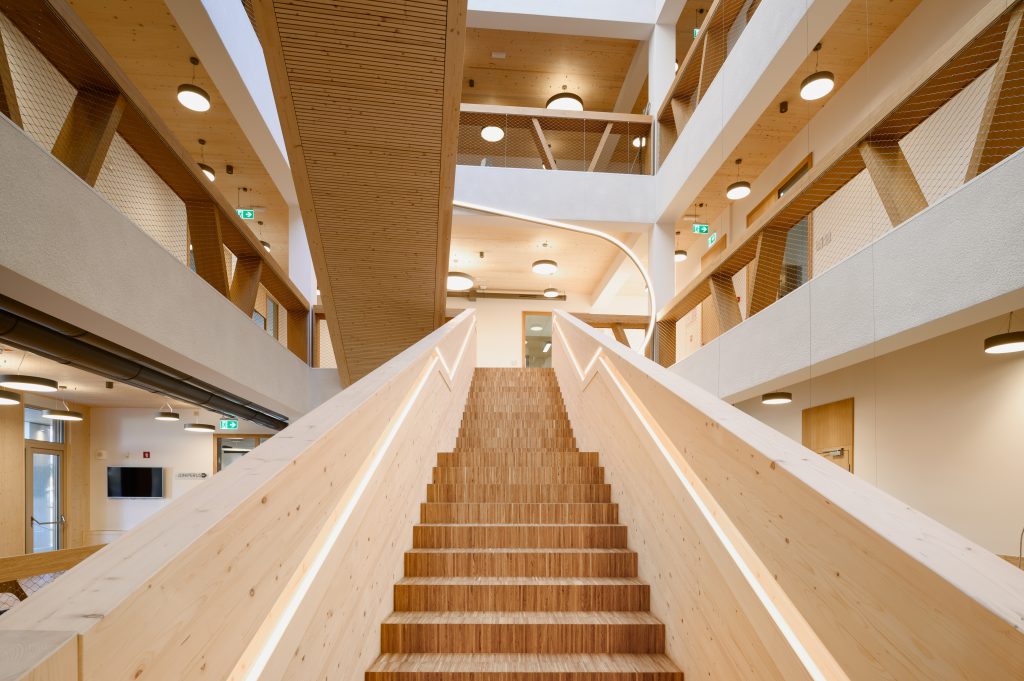
January 7, 2026

The impact sound is the sound radiated in a room by a wall or floor of the building when it is structurally excited by steps, slamming doors, moving furniture, or similar impact sources. Several studies about the perception of impact sounds question the correlation of standardized approaches of measuring the performance of floors to limit impact sound with perceived annoyance caused by such sound. Several recent studies have also come to inconsistent conclusions, which questions the methodology used. What is common for all these studies is the neglection of the aspect of whole-body vibrations, which are known to be relevant for the perception of low-frequency sound and can be perceived especially in lightweight constructions.
The contribution of vibrations to impact sound annoyance is still unknown, therefore Dr. Rok Prislan, InnoRenew CoE researcher, together with colleagues Dr. Franz Dolezal, Andreas Reichenauer, and Dr. Armin Wilfling from IBO—Austrian Institute for Building and Ecology, and Dr. Maximilian Neusser from the Vienna University of Technology, investigated this aspect in a study where they measured vibrations on different types of floors under laboratory conditions and in situ.
In their study they aimed at developing a vibration reproduction system that accurately reproduces, under laboratory conditions, the vibrations previously recorded in the built environment. This made possible to extend the listening tests carried out in the ambisonics listening environment to include the exposure of test subjects to vibrations. Indeed, the combined effect of sound and vibration stimuli can have a significant impact on the holistic perception of real-life scenarios.
This method aims to enhance the understanding and assessment of structural responses to impact noise, which is critical for improving building design and mitigating noise-related issues. The study is relevant for conducting future impact sound listening tests under laboratory conditions, which can be extended to include the reproduction of vibrations.
Read the whole article “Recording, Processing, and Reproduction of Vibrations Produced by Impact Noise Sources in Buildings,” (Dolezal et al., 2024) published in Acoustics.
Author: Lea Primožič